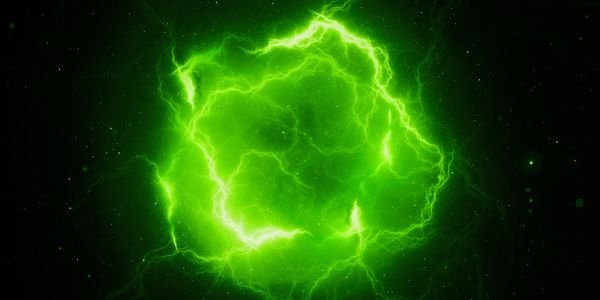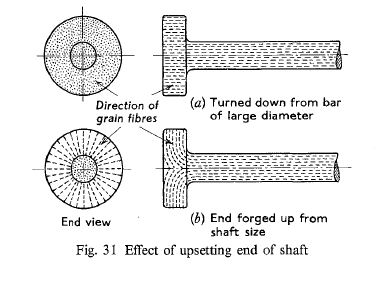Table of Contents
The term “The God Particle” sounds like a concept straight out of theology or mythology, yet it holds a paramount position in the realm of particle physics. This name, both mystical and provocative, refers to the Higgs boson—a particle that has been the subject of intrigue, research, and debate among the scientific community for decades. But what exactly is the God Particle, and why has its discovery been so groundbreaking for our understanding of the universe?
The Birth of the Name: “The God Particle”
The term “The God Particle” traces its origin to a 1993 book titled “The God Particle: If the Universe Is the Answer, What Is the Question?” by Nobel laureate physicist Leon Lederman. The story goes that Lederman initially wanted to call it the “goddamn particle” due to the immense difficulty and expense of detecting it. The publishers, however, suggested a more palatable title, thus coining “The God Particle”. The name captured the essence of the particle’s significance and the sense of awe surrounding its elusive nature.
Understanding the Higgs Boson
To appreciate the Higgs boson’s significance, one must first understand the Standard Model of particle physics. This model describes the fundamental particles that make up the universe and the forces that interact between them. For a long time, the Higgs boson was the missing piece in this puzzle.
Peter Higgs and a few other physicists proposed in the 1960s that there exists a field permeating space, now known as the Higgs field. Particles gain mass by interacting with this field. Imagine walking through a room full of stationary people. If you’re relatively unnoticed, you can traverse the room effortlessly—a particle with little to no mass.
However, if you’re a celebrity and people cluster around you, slowing you down, you’ve effectively gained “mass” in this analogy. This is the essence of how the Higgs field imparts mass to particles.
The Higgs boson is the particle associated with the Higgs field. It’s a manifestation of the field’s fluctuations, much like how a photon is a particle of light.

The Historic Discovery
Given the foundational role that the Higgs boson has in the architecture of the universe, proving its existence was paramount. The quest culminated in July 2012 at CERN’s Large Hadron Collider (LHC), the world’s largest and most powerful particle accelerator. Scientists announced that they’d discovered a particle consistent with the Higgs boson, a milestone moment for modern physics.
This discovery was a testament to human ingenuity and determination, involving thousands of scientists from around the world and billions of dollars in investments.
Implications of the Discovery
With the Higgs boson’s discovery, the last missing piece of the Standard Model fell into place. It confirmed our understanding of how particles acquire mass. But beyond that, it also opened up a treasure trove of further questions and potential research areas.
- Understanding the Universe’s Origin: The Higgs field’s role in imparting mass implies its involvement at the early stages of the universe, right after the Big Bang. This gives insights into the conditions and processes of the early cosmos.
- Dark Matter and Dark Energy: The Higgs boson could provide clues about the mysterious dark matter and dark energy that makeup about 95% of the universe.
- Grand Unified Theory: The discovery could be a step towards the Grand Unified Theory, a theoretical framework that aims to combine the fundamental forces of the universe into a single cohesive explanation.

The God Particle: A Glimpse into the Divine?
Given its name, it’s inevitable that the Higgs boson’s discovery would be framed in spiritual or philosophical terms. While the particle doesn’t provide direct evidence for or against the existence of a divine entity, it undeniably evokes a sense of wonder. It’s a testament to the intricate and beautifully complex nature of the universe.
As science peels back the layers of reality, we find that our universe operates on principles and laws that are both profoundly simple and infinitely complex—a dance of particles and forces that have been in motion for billions of years.
“The God Particle,” or the Higgs boson, stands as a testament to human curiosity, determination, and our relentless pursuit of understanding. It reminds us that even in the vastness of the universe, with its countless stars and galaxies, there’s still a world of mystery and wonder at the tiniest scales, waiting to be explored. As we continue our journey into the heart of matter and the origins of the universe, one can only imagine what other monumental discoveries await.
Also, read about Domains of AI






























